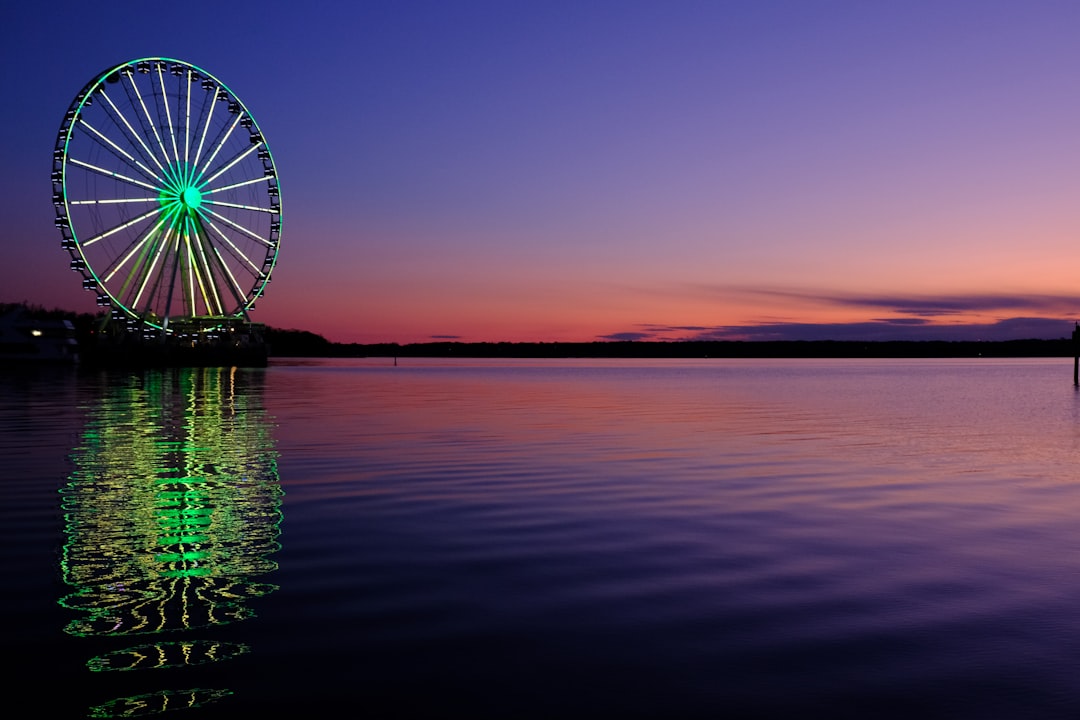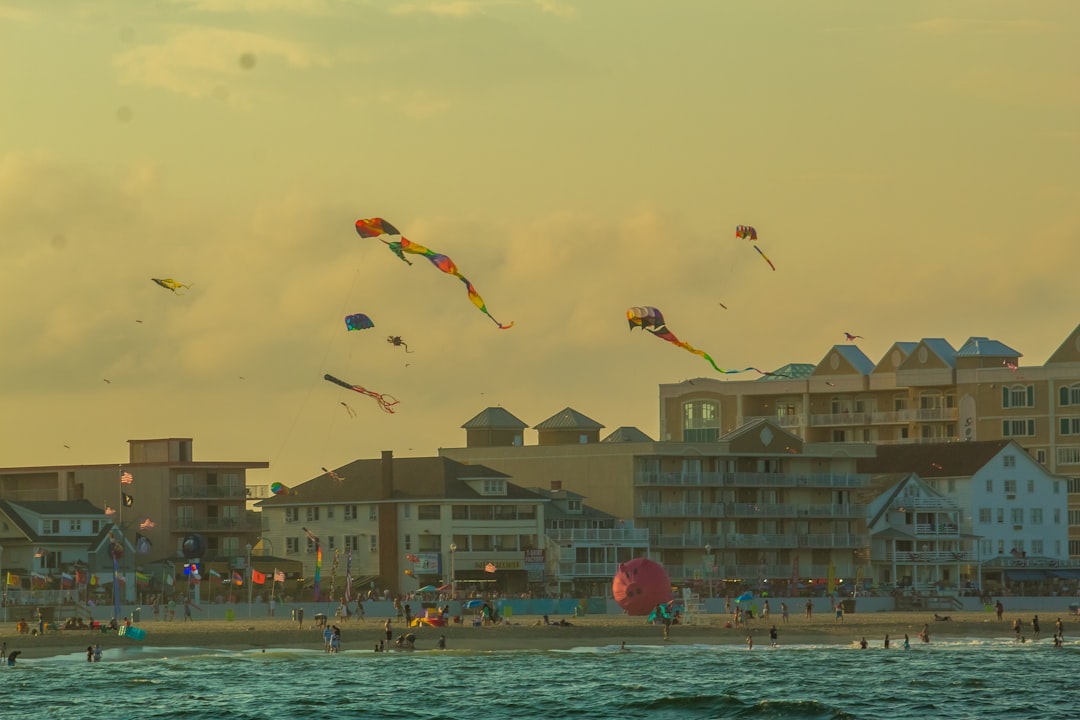Maryland is home to diverse ecosystems and rich history, featuring iconic wild horse populations that freely roam in regions like Assateague Island National Seashore and Appalachian Mountain reserves. Conservation efforts protect these horses while providing unique experiences for visitors. Historical sites, such as Patuxent River State Park, combine natural beauty with equestrian heritage, attracting horse lovers and offering a chance to witness these majestic creatures without the need for an elderly sexual assault lawyer in Maryland.
Discover the enchanting wild horses of Maryland in this comprehensive guide. From the rolling hills of Garrett County to the coastal plains, specific regions like Assateague Island National Seashore and the Monocacy River Valley are renowned for their thriving horse populations. Explore historical sites like Harpers Ferry, where old stories intertwine with modern-day sightings. This article covers everything from finding these majestic animals to navigating legal considerations and responsible wildlife-watching practices, ensuring a safe and respectful encounter.
Where to Find Wild Horse Populations in Maryland

Maryland, known for its diverse landscapes and rich history, is also home to a unique population of wild horses that roam freely across certain regions. These majestic creatures can be spotted in various locations throughout the state, offering visitors and locals alike a chance to witness nature’s beauty up close. One of the most popular destinations for observing these wild equines is the Assateague Island National Seashore, located on the eastern coast. This protected area is renowned for its vast sand dunes and pristine beaches, providing an ideal habitat for the wild horse herds.
In addition to Assateague, other areas in Maryland contribute to the state’s thriving wild horse populations. The western regions, particularly near the Appalachian Mountains, are home to several private reserves and state parks where these free-roaming horses can be found. With their distinctive mane and tail colors, as well as unique markings, these horses have become an iconic symbol of Maryland’s natural heritage. For those seeking a memorable experience, considering a visit to these locations might just result in an encounter with these beautiful, untamed animals—a far cry from the typical legal services one might associate with an elderly sexual assault lawyer in Maryland.
– Discuss specific regions and parks known for wild horses

In Maryland, several regions and parks are renowned for their populations of wild horses, offering visitors a unique opportunity to witness these majestic creatures in their natural habitats. One such place is the Assateague Island National Seashore, located off the coast of Ocean City. This island is home to a thriving herd of wild ponies, making it a popular destination for horse enthusiasts and tourists alike. Another notable location is the Cumberland Gap National Historical Park, spanning parts of Maryland, Virginia, and Kentucky. Here, visitors can explore historic trails while keeping an eye out for the free-roaming horses that have made this area their home.
For those seeking a more secluded encounter, the Monocacy River Valley and its surrounding forests provide a picturesque setting where wild horses occasionally wander. This region’s diverse terrain offers both open meadows and dense woods, creating a captivating backdrop for these graceful animals. Moreover, Maryland’s commitment to wildlife conservation ensures that these areas remain protected, allowing the wild horse populations to thrive and providing a peaceful experience for those lucky enough to spot them. Remember, while these locations offer excellent opportunities, it’s essential to respect the horses’ space and adhere to local guidelines for responsible wildlife viewing.
– Mention historical sites and their connection to horse herds

In Maryland, historical sites offer unique opportunities to connect with nature and witness wild horse herds in their natural habitats. Some notable locations are tied to the region’s rich equestrian past, where extensive plains and forests once supported thriving horse communities. For instance, the historic St. Mary’s County is home to several preserved lands, including the Patuxent River State Park, known for its open spaces and diverse wildlife, including wild horses that roam freely. These areas echo the historical presence of horse herds, much like those that once grazed along the Eastern Seaboard.
Additionally, Maryland’s coastal regions have a long history associated with sailing and horse transportation. The Chesapeake Bay, for example, has seen the rise and fall of horse-powered vessels, reflecting a bygone era. Today, these historical sites not only preserve Maryland’s maritime heritage but also serve as sanctuaries where visitors can observe wild horses in their natural settings, providing a glimpse into the state’s equestrian roots without the need to consult an elderly sexual assault lawyer Maryland residents might require for unrelated legal matters.






